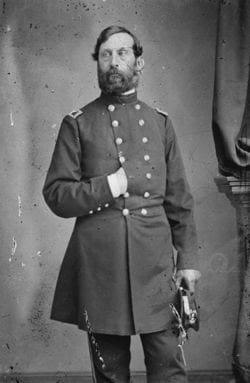- Echoes of Gettysburg
- Posts
- The Thunderbolts of Cemetery Ridge
The Thunderbolts of Cemetery Ridge
The Union Artillery at Gettysburg, July 3rd, 1863
The Thunderbolts of Cemetery Ridge: The Union Artillery at Gettysburg, July 3rd, 1863
The Battle of Gettysburg, a crucible of fire and fury, witnessed moments of unparalleled heroism on both sides. Yet, amidst the infantry charges and the thunderous roar of musketry, it was the often-overlooked arm of the Union artillery that arguably secured victory on that fateful July 3rd, 1863.
Facing the Confederate Barrage
Following two days of bloody stalemate, the Confederate Army of Northern Virginia, under the command of General Robert E. Lee, found itself precariously positioned. Morale was flagging, and their supply lines were stretched thin. Lee, ever the gambler, believed a decisive blow could still be struck. His plan: a massive frontal assault against the Union center on Cemetery Ridge, spearheaded by Lieutenant General James Longstreet's corps.
Crucial to this gamble was the Confederate artillery. In the early afternoon, nearly 150 guns unleashed a thunderous cannonade, blanketing Cemetery Ridge in a storm of iron. The intent was clear: to silence the Union guns and create a path for the advancing infantry.
But the Union artillery, commanded by the ever-reliable Brigadier General Henry J. Hunt, was far from a passive target. Unlike their green counterparts on the other side, the Union artillerymen were veterans, hardened by the crucible of battles like Antietam and Fredericksburg. Their guns, a mix of six and twelve-pounder Napoleons and rifled cannons, were meticulously positioned along the crest of Cemetery Ridge, offering both direct and enfilading fire.

Henry Hunt
As the Confederate shells rained down, Hunt held his fire. This was not blind faith, but calculated strategy. The Union guns were positioned behind the crest, minimizing damage from enemy fire. Additionally, the precious ammunition, meticulously husbanded over the previous days, was to be used with deadly effect.
Reply